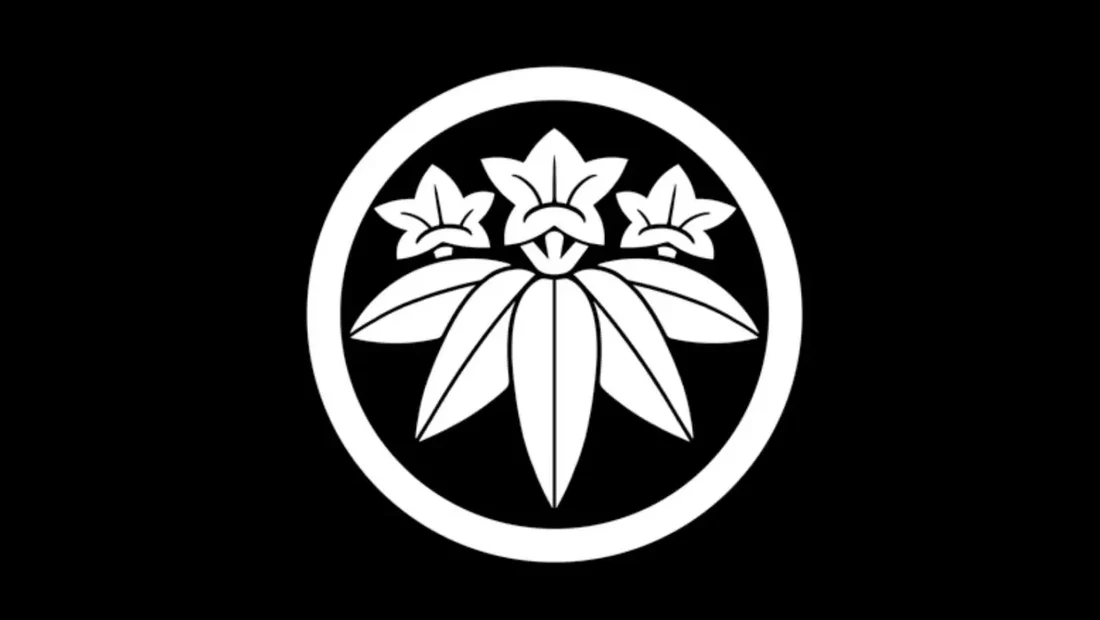
Soga Clan
Share
The Soga clan (蘇我氏 Soga uji) was one of the most powerful clans of the Asuka period of early Japanese states and played an important role in the spread of Buddhism.
Throughout the fifth and seventh centuries, the Soga clan monopolized the kabane or hereditary rank of Grand Omi and was the first of many families to dominate the imperial house of Japan by influencing the order of succession and influencing government decision-making
Soga no Iname
Soga no Iname served as Grand Minister from 556 AD until his death in 570 AD, he was the first member of the Soga Clan to possess a dominating influence over the imperial throne through marriage alliances, he married two of his daughters to Emperor Kimmei, one of whom would become the mother of Emperor Yomei.
The next five emperors would have a wife or mother descended from Soga no Imane. In this way, the Soga clan would unify and strengthen the country by placing the Emperor as a spiritual symbol while they took care of all governmental affairs.
Soga Clan Connections with Buddhism and the Korean Peninsula
The Soga clan made very particular contact with other countries, especially Koreans and Chinese. They favored the introduction of Buddhism and Chinese Confucianist models into the cultural and governmental aspects of the court.
The ancestors of Soga no Iname, Soga no Koma and Soga no Karako, make use in their names of the Chinese characters used in the kingdoms of Goguryeo and the Gaya Confederacy, countries that made up the Korean peninsula respectively.
The Soga clan supported the spread of Buddhism preached by monks from Baekje (Japanese Kudara). Many Japanese at the time viewed the new religion with suspicion, believing that it could be an offense against the traditional beliefs of the Kami or divine spirits.
The rival Mononobe and Nakatomi clans took advantage of the spread of a plague to give a bad image to this new religion that had just brought a new Buddha statue to the country.
It was said that the pandemic was due to divine wrath caused by the acceptance of this new religion, consequently the temple of the Soga Clan in the imperial palace was burned down.
In the era of Soga no Umako's influence, the capital was temporarily transferred to the Kudara Palace (Named after a palace in Baekje) in what is now known as Kōryō, Nara.
The Soga family, despite all adversity, continued to believe strongly in Buddhism, as they believed that civilized peoples were Buddhists and to prove this they placed a large sacred image of Buddha in a major Shinto temple.
Soga no Iname exclaimed that Buddhism had brought a new form of government that would put an end to the independence of the clans, unifying the population under the figure of the Emperor.
After fifty years of ideological warfare, Buddhism, protected and spread by the Soga clan, began to take its place in Japan.
Soga Clan Political assertiveness and reacting
In 644 AD, the Soga clan chiefs were not satisfied with acting in behind-the-scenes politics. Soga no Emishi and his son Soga no Iruka began to build palaces and ceremonial tombs for themselves more frequently, proclaiming themselves "sovereigns."
Consequently, the leader of the Nakatomi clan, Nakatomi no Kamatari (later known as the founder of the Fujiwara clan and was traditionally known as Fujiwara no Kamatari), conspired with Soga no Kurayamada no Ishikawa no Maro and Prince Naka no Ōe (later Emperor Tenji) and plotted the assassination of Iruka.
Prince Ōe himself attacked Iruka during a court ceremony where edicts coming from the Korean kingdoms were being discussed in front of Empress Kōgyoku; Iruka survived, but as the empress left the scene, the Prince's guards ended Iruka's life.
Simultaneously, Soga no Emishi committed suicide by immolating himself and his entire residence, destroying a huge amount of government documents of enormous importance.
The followers of the Soga clan dispersed or were massacred; The Empress abdicated and her brother took the throne as the Kōtoku Emperor. The influence of the Soga clan over the imperial family was ended and two years later the Taika reform was enacted, completely returning political power to the Emperor.
This shattering and transformative event is known as the Isshi Incident.
Soga Clan Legacy
In 2005, the remains of a building that could be the residence of Soga no Iruka were found in Nara. The discovery could be accurate, as the building completely matches the description found in the Nihon Shoki.

